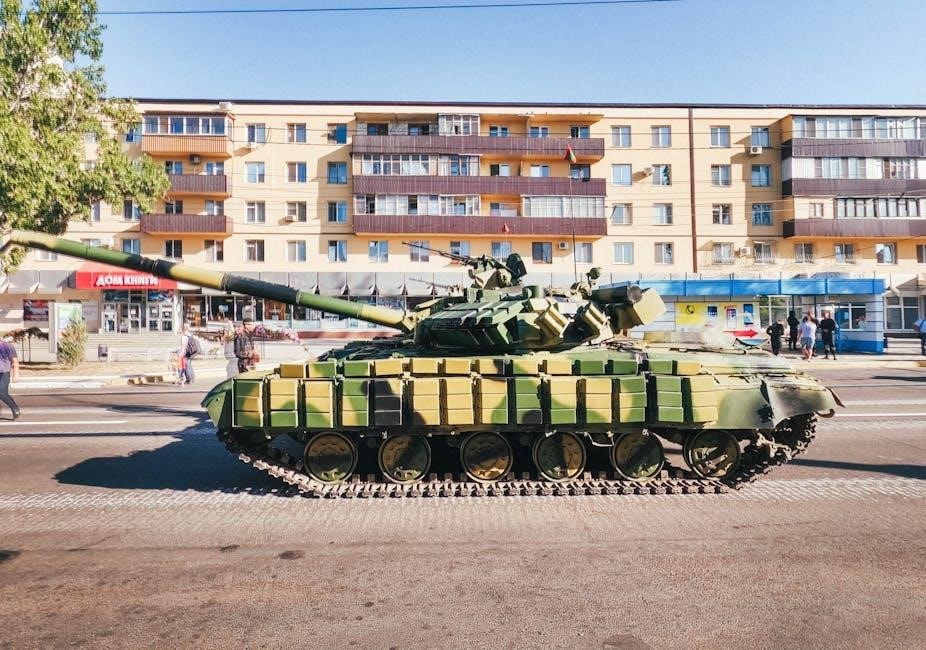The increasing prevalence of conflicts within densely populated urban centers presents a significant and evolving challenge for modern militaries‚ particularly regarding tank deployment.
Recent engagements in Kosovo‚ Gaza‚ and Chechnya demonstrate the complexities of utilizing armored vehicles in constricted environments‚ demanding adaptation and innovative tactics.
The vulnerability of tanks to asymmetric threats like Anti-Tank Guided Missiles (ATGMs) and RPGs‚ coupled with the risk to civilian populations‚ necessitates a re-evaluation of their role.
Contemporary conflicts highlight the need for enhanced crew protection‚ advanced sensors‚ and improved coordination with infantry to mitigate these risks‚ ensuring mission success.
The Evolving Landscape of Modern Conflict
Modern warfare is increasingly characterized by a shift towards protracted engagements within urban environments‚ diverging from traditional open-field battle scenarios. This transition dramatically alters the operational dynamics for armored forces‚ including tanks‚ demanding a fundamental reassessment of doctrine and tactics. The rise of non-state actors employing asymmetric warfare strategies‚ such as improvised explosive devices (IEDs) and anti-tank guided missiles (ATGMs)‚ further complicates matters.
The concentration of civilian populations in cities introduces a critical layer of complexity‚ necessitating meticulous planning to minimize collateral damage and adhere to the laws of armed conflict. Recent conflicts‚ notably in Gaza and Chechnya‚ vividly illustrate the challenges of operating tanks amidst civilian infrastructure. The October 30th‚ 2023‚ intensification of ground operations in Gaza exemplifies this evolving landscape‚ with Israeli tanks navigating a densely populated area. This necessitates a focus on precision targeting and robust rules of engagement.
The Specific Challenges of Urban Environments
Urban terrain presents unique obstacles for tank operations‚ significantly hindering mobility and increasing vulnerability. Narrow streets‚ rubble-strewn avenues‚ and complex building structures restrict maneuverability‚ creating potential kill zones and ambush points. The three-dimensional nature of cities allows adversaries to exploit elevated positions‚ effectively negating the tank’s traditional advantages in firepower and armor.
Distinguishing between combatants and civilians becomes exceptionally difficult‚ raising the risk of unintended casualties and complicating targeting decisions. The presence of extensive underground infrastructure‚ like tunnels in Gaza‚ introduces another dimension of warfare‚ potentially bypassing conventional tank defenses. The prospect of a “long‚ bloody‚ and complicated” ground attack‚ as described by experts‚ underscores these difficulties. Furthermore‚ limited lines of sight and signal interference degrade situational awareness‚ demanding reliance on advanced sensors and communication networks.
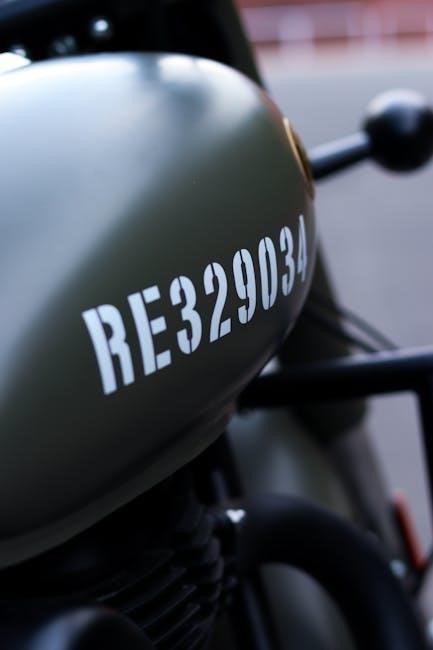
Tank Design and Adaptation for Urban Combat
Modern tank designs increasingly prioritize crew survivability and adaptability to the unique demands of urban warfare‚ focusing on enhanced protection and maneuverability.
Crew Protection as a Primary Focus ‒ The Merkava Example
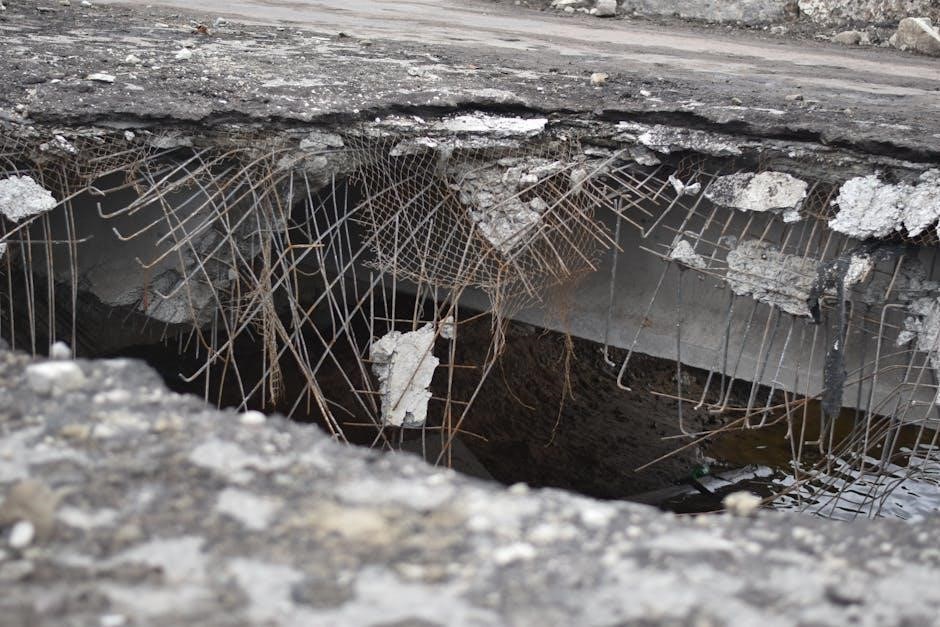
Israels Merkava tank series exemplifies a design philosophy centered on maximizing crew survivability‚ particularly crucial in the close-quarters combat of urban environments.
Unlike many Western tank designs‚ the Merkava prioritizes protecting the crew over minimizing vehicle weight‚ incorporating features like a front-mounted engine and ammunition storage.
This configuration acts as an additional layer of armor‚ safeguarding vital crew compartments from penetration‚ a critical advantage when facing RPGs and ATGMs.
The Merkava Mark IVm‚ recently deployed in Gaza‚ demonstrates remarkable resilience‚ showcasing the effectiveness of this protective design in brutal urban conditions.
Furthermore‚ the tank’s layout facilitates rapid dismounting and evacuation‚ enhancing crew chances of survival in compromised situations‚ a key consideration in complex urban scenarios.
This focus on crew protection represents a significant shift in tank design‚ acknowledging the heightened risks inherent in modern urban warfare.
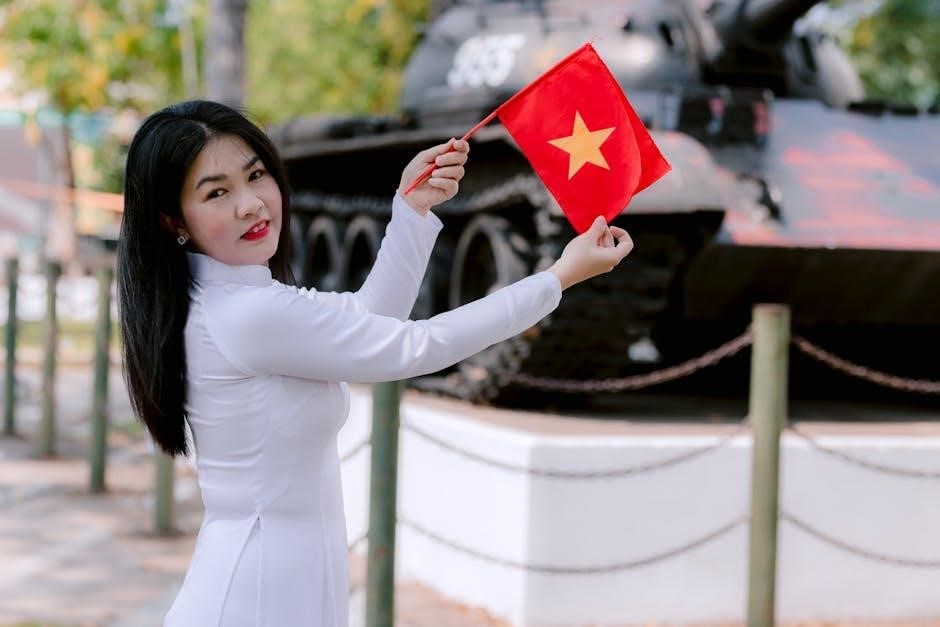
Reactive Armor and Active Protection Systems (APS)
To counter the growing threat of anti-tank weaponry in urban warfare‚ modern tanks increasingly employ Reactive Armor (ERA) and Active Protection Systems (APS). ERA utilizes explosive layers to disrupt the penetration of incoming projectiles‚ diminishing their effectiveness.
However‚ ERA has limitations in urban settings‚ potentially endangering nearby civilians due to fragmentation‚ prompting the development of more sophisticated APS.
APS‚ such as Trophy and Iron Fist‚ actively detect and intercept incoming threats – RPGs and ATGMs – before they impact the tank‚ providing a crucial defensive layer.
These systems utilize radar and other sensors to track projectiles‚ then launch countermeasures to neutralize them‚ significantly enhancing tank survivability.
The deployment of APS is becoming increasingly common‚ particularly in conflicts like those in Gaza‚ where tanks face a constant barrage of anti-tank attacks in confined spaces.
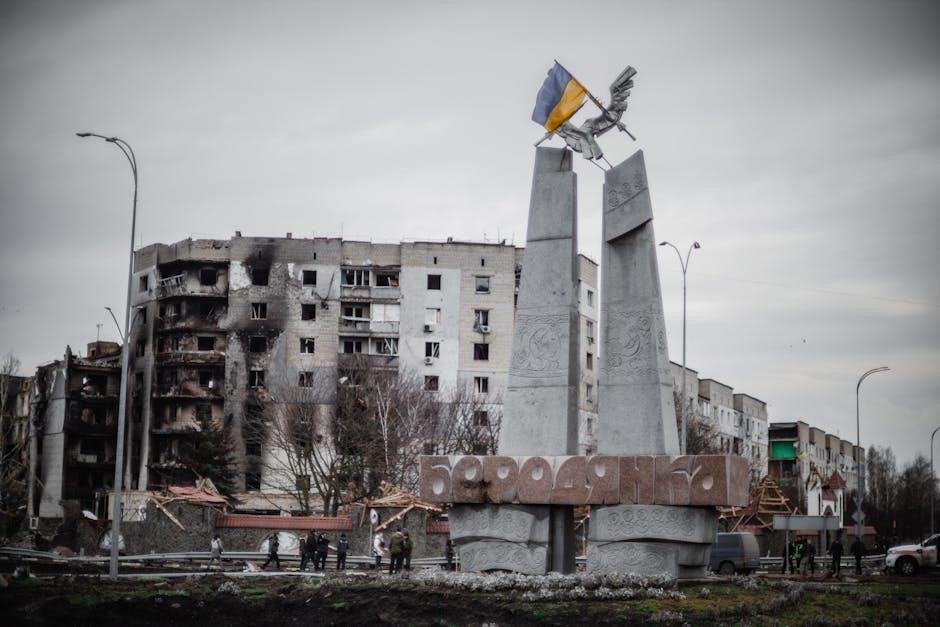
Integrating both ERA and APS offers a multi-layered defense‚ maximizing protection against diverse threats in the complex urban battlefield.
Modifications for Maneuverability in Confined Spaces
Urban environments present unique challenges to tank maneuverability‚ demanding specific modifications to overcome obstacles and navigate constricted streets. Traditional tank designs are often ill-suited for the close-quarters combat found in cities.
These modifications include enhanced suspension systems for improved obstacle negotiation‚ allowing tanks to traverse rubble and debris more effectively.
Additional sensors and cameras provide 360-degree awareness‚ compensating for limited visibility and blind spots common in urban terrain.
Dozer blades are frequently added to clear obstacles and create pathways‚ while mine rollers offer protection against improvised explosive devices (IEDs).
Some designs incorporate smaller tank variants or remotely operated turrets‚ reducing the vehicle’s footprint and increasing agility.
These adaptations aim to enhance a tank’s ability to operate effectively within the complex and unforgiving landscape of urban warfare‚ maximizing its tactical utility.

Historical Case Studies: Tank Employment in Cities
Examining past conflicts – Kosovo‚ Gaza‚ and Chechnya – reveals crucial lessons regarding tank effectiveness in urban settings‚ highlighting both successes and failures.
These case studies demonstrate the impact of urban terrain on tank tactics‚ crew safety‚ and civilian interactions during intense combat operations.
The Kosovo Conflict (1999) ౼ Tank Presence and Civilian Interaction
During the 1999 Kosovo Conflict‚ NATO forces‚ including U.S. M1 Abrams tanks‚ deployed as part of Operation Allied Force‚ demonstrating armored vehicle presence in a semi-urban environment;
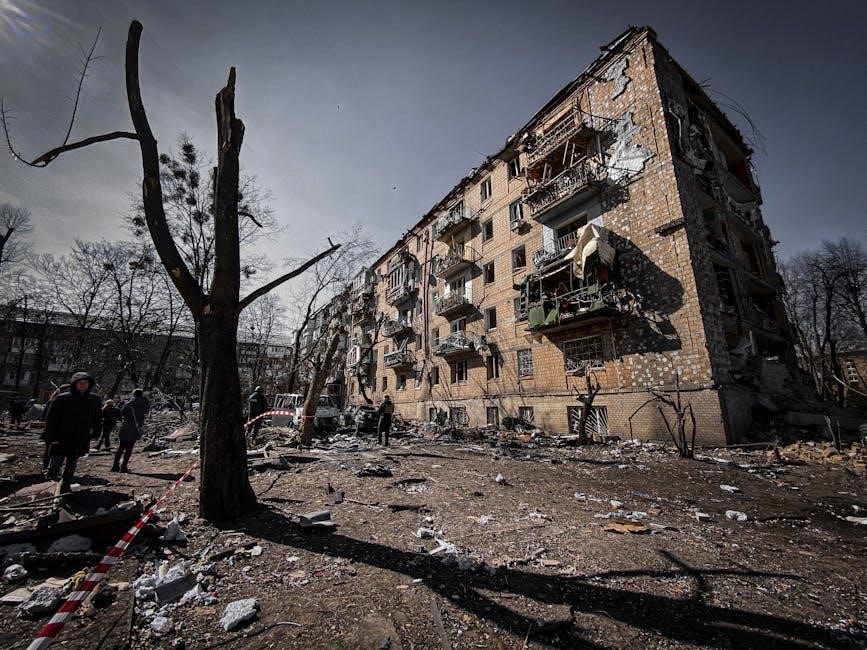
While not characterized by intense house-to-house fighting‚ the tank’s presence served as a deterrent and a symbol of NATO’s commitment‚ influencing the conflict’s dynamics.
Photographic evidence depicts Abrams tanks positioned near civilian populations‚ illustrating the delicate balance between military objectives and minimizing harm to non-combatants.
The deployment highlighted the logistical challenges of operating heavy armor in a region with limited infrastructure‚ requiring careful planning and coordination.
Interaction with the local Albanian population was documented‚ showing a complex relationship between the occupying force and the civilians they were tasked with protecting‚ or at least not harming.
This early example foreshadowed the increasing need for nuanced approaches to tank employment in areas with significant civilian presence‚ a lesson relevant to future conflicts.
Gaza Conflicts: Recent Deployments and Lessons Learned
Recent conflicts in Gaza have witnessed extensive deployment of Israeli Merkava Mark IVm tanks in highly complex urban terrain‚ presenting critical insights into modern armored warfare.
The Merkava’s design‚ prioritizing crew protection‚ has been rigorously tested against a variety of threats‚ including anti-tank missiles and improvised explosive devices (IEDs)‚ demonstrating notable resilience.
However‚ the urban environment significantly restricts maneuverability and exposes tanks to close-range ambushes‚ necessitating innovative tactical approaches and close infantry support.
Reports indicate the effectiveness of reactive armor and active protection systems (APS) in mitigating incoming threats‚ though these systems are not foolproof and require constant maintenance.
The intensity of fighting in Gaza underscores the challenges of distinguishing between combatants and civilians‚ demanding strict adherence to rules of engagement and minimizing collateral damage.
Lessons learned emphasize the crucial need for enhanced situational awareness‚ advanced sensors‚ and robust communication networks to navigate the labyrinthine streets and tunnels.
Urban Battles in Chechnya: Grozny and its Impact on Tank Doctrine
The First and Second Chechen Wars‚ particularly the Battle of Grozny‚ served as a brutal proving ground for tank warfare in a dense urban setting‚ fundamentally reshaping military doctrine worldwide.
Russian forces experienced catastrophic losses of armored vehicles due to well-prepared Chechen defenses‚ including ambushes utilizing RPGs and anti-tank guided missiles (ATGMs) in constricted city streets.
Grozny highlighted the vulnerability of tanks operating without adequate infantry support and situational awareness‚ demonstrating the critical need for combined arms tactics and close coordination.
The conflict exposed deficiencies in tank design for urban combat‚ specifically regarding limited visibility‚ poor maneuverability‚ and insufficient protection against top-attack weapons.
Following Grozny‚ significant investments were made in developing active protection systems (APS) and improving crew training‚ focusing on urban warfare scenarios and threat recognition.
The lessons from Chechnya underscored the importance of adapting tank tactics to the urban environment‚ emphasizing reconnaissance‚ careful planning‚ and minimizing exposure to enemy fire.
Tactical Considerations for Tank Operations in Urban Areas
Successful tank employment demands meticulous planning‚ close infantry coordination‚ and constant vigilance against concealed threats like ATGMs and RPGs within complex urban landscapes.
Coordinating with Infantry: The Importance of Combined Arms
Effective tank operations in urban environments are fundamentally reliant on seamless coordination with infantry units; this combined arms approach is not merely beneficial‚ but essential for success and minimizing casualties. Tanks‚ while possessing superior firepower and armor‚ suffer from limited situational awareness in close quarters‚ blind spots‚ and vulnerability to close-range attacks.
Infantry provides crucial overwatch‚ identifying and neutralizing threats that tanks cannot detect‚ such as insurgents employing RPGs from buildings or tunnels. Conversely‚ tanks offer fire support and breaching capabilities‚ clearing obstacles and suppressing enemy positions‚ allowing infantry to advance safely. This symbiotic relationship requires robust communication networks and pre-planned operational procedures.
Clear delineation of roles‚ shared intelligence‚ and mutual support are paramount. Infantry must be trained to direct tank fire precisely‚ while tank crews need to understand infantry tactics and limitations‚ fostering trust and maximizing combat effectiveness in the challenging urban terrain.
Dealing with Anti-Tank Guided Missiles (ATGMs) and RPGs
The proliferation of Anti-Tank Guided Missiles (ATGMs) and Rocket-Propelled Grenades (RPGs) poses a significant threat to tanks operating in urban warfare scenarios‚ demanding proactive countermeasures and adaptive tactics. Urban environments offer ideal concealment and firing positions for these weapons‚ exploiting tank vulnerabilities.
Reactive armor and Active Protection Systems (APS) are crucial for intercepting incoming projectiles‚ but are not foolproof and can be overwhelmed by saturation attacks. Situational awareness is paramount; tank crews must constantly scan for potential ambush sites – windows‚ rooftops‚ alleyways – and utilize advanced sensors to detect launch signatures.
Employing smoke screens can disrupt enemy targeting‚ while maneuvering unpredictably reduces the effectiveness of guided munitions. Close coordination with infantry to clear buildings and identify hidden threats is vital‚ alongside utilizing urban terrain for hull-down positions and minimizing exposure.
Navigating Obstacles and Identifying Kill Zones
Urban terrain presents a labyrinth of obstacles – rubble‚ debris‚ wrecked vehicles‚ and barricades – severely restricting tank maneuverability and creating potential kill zones. Careful route planning‚ utilizing detailed maps and reconnaissance‚ is essential to avoid bottlenecks and anticipate chokepoints where tanks become vulnerable.
Identifying potential kill zones – narrow streets‚ intersections‚ open squares – allows crews to proactively mitigate risks through tactical positioning and suppressing fire. Utilizing buildings for cover and employing flanking maneuvers can disrupt enemy ambushes and create opportunities for advancement.
Engineers play a critical role in breaching obstacles and creating passable routes‚ while drones and reconnaissance assets provide vital intelligence on enemy positions and potential hazards. Constant vigilance and adaptability are key to navigating the complex urban landscape and avoiding becoming a stationary target.

The Role of Technology in Enhancing Tank Effectiveness
Advanced sensors‚ communication networks‚ and drone integration are revolutionizing tank operations in urban environments‚ providing crucial situational awareness and targeting capabilities.
Advanced Sensors and Targeting Systems
Modern tanks are increasingly equipped with sophisticated sensor suites designed to overcome the challenges of urban warfare. These include high-resolution thermal imagers‚ advanced optical sights‚ and laser rangefinders‚ enabling crews to identify and engage targets with precision even in low-visibility conditions.

Furthermore‚ the integration of 360-degree situational awareness systems provides a comprehensive view of the surrounding environment‚ alerting crews to potential threats from any direction. Advanced targeting systems‚ coupled with improved fire control algorithms‚ enhance first-round hit probability‚ minimizing collateral damage and maximizing effectiveness.
The ability to quickly and accurately acquire targets is paramount in urban settings‚ where engagements often occur at close range and amidst complex obstacles. These technologies are crucial for navigating the intricate landscape and ensuring crew survivability.
Communication Networks and Situational Awareness
Robust and secure communication networks are vital for tank operations in urban environments‚ enabling seamless information sharing between crew members‚ supporting infantry units‚ and command headquarters. Real-time data links facilitate the rapid dissemination of intelligence‚ target coordinates‚ and threat assessments.
Enhanced situational awareness is achieved through the integration of various data sources‚ including sensor feeds‚ drone reconnaissance‚ and battlefield management systems. This allows tank crews to build a comprehensive understanding of the operational environment‚ anticipate enemy movements‚ and avoid potential ambushes.
Reliable communication minimizes the risk of friendly fire and ensures coordinated maneuvers‚ crucial for navigating the complexities of urban terrain and achieving tactical objectives. Maintaining connectivity is paramount for mission success and crew safety.
Drones and Robotics for Reconnaissance and Support
The integration of drones and robotic systems significantly enhances tank capabilities in urban warfare‚ providing crucial reconnaissance and support functions. Small unmanned aerial vehicles (UAVs) can navigate narrow streets and buildings‚ offering real-time visual intelligence beyond the tank’s direct line of sight.
Robotic platforms can be deployed for tasks too dangerous for human soldiers‚ such as clearing buildings‚ identifying improvised explosive devices (IEDs)‚ and establishing secure perimeters. These systems reduce risk to tank crews and supporting infantry‚ improving operational safety.
Drones also facilitate target acquisition and damage assessment‚ enabling precise engagement and minimizing collateral damage. Their ability to provide persistent surveillance is invaluable for maintaining situational awareness in complex urban environments‚ bolstering overall effectiveness.
The Future of Tanks in Urban Warfare
Emerging technologies‚ including autonomous systems and advanced armor‚ are reshaping the potential role of tanks in cities‚ despite ongoing debates about their relevance.
Potential for Autonomous Tank Systems
The development of autonomous capabilities for main battle tanks represents a potentially transformative shift in urban warfare doctrine. Removing the crew from direct danger addresses a primary vulnerability‚ enhancing survivability in complex‚ close-quarters environments.
Autonomous tanks could navigate obstructed streets‚ identify and engage targets with greater precision‚ and operate continuously without fatigue‚ increasing operational tempo. However‚ significant hurdles remain‚ including ethical considerations surrounding lethal autonomous weapons systems and the challenges of reliable operation in signal-denied urban canyons.
Furthermore‚ ensuring robust cybersecurity to prevent hacking or manipulation is paramount. Successful integration requires advanced AI‚ sophisticated sensor fusion‚ and fail-safe mechanisms to prevent unintended consequences‚ ultimately redefining tank employment in future conflicts.
Development of New Armor Materials and Technologies

Addressing the escalating threat posed by modern anti-tank weaponry in urban settings demands continuous innovation in armor technology. Traditional reactive armor‚ while effective against shaped charges‚ exhibits limitations against tandem warheads and top-attack munitions commonly employed in city fights.
Research focuses on novel materials like nanocomposites and non-explosive reactive armor (NERA) offering improved protection with reduced collateral damage. Active Protection Systems (APS)‚ such as those deployed on the Merkava‚ are becoming increasingly crucial‚ intercepting incoming projectiles before impact.
Future developments may include self-healing materials and metamaterials capable of deflecting or absorbing energy. These advancements aim to enhance tank survivability while minimizing weight and maximizing mobility‚ vital for navigating confined urban spaces and sustaining operations.
The Ongoing Debate: Are Tanks Still Relevant in Urban Combat?
The question of tank relevance in dense urban environments remains a contentious issue among military strategists. Critics point to their vulnerability to ambushes‚ limited maneuverability‚ and the potential for civilian casualties as significant drawbacks.
However‚ proponents argue that tanks provide crucial firepower‚ shock effect‚ and psychological impact‚ particularly when integrated with infantry in combined arms operations. Recent deployments in Gaza demonstrate the Merkava’s resilience‚ despite facing intense urban warfare conditions.
The debate centers on adapting tank doctrine and technology to mitigate inherent risks. This includes enhanced situational awareness‚ improved crew protection‚ and refined tactics for navigating complex urban terrain‚ ensuring tanks remain a viable asset on the modern battlefield.
